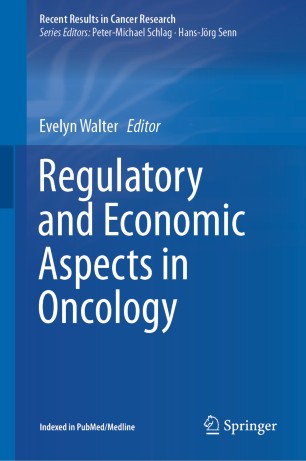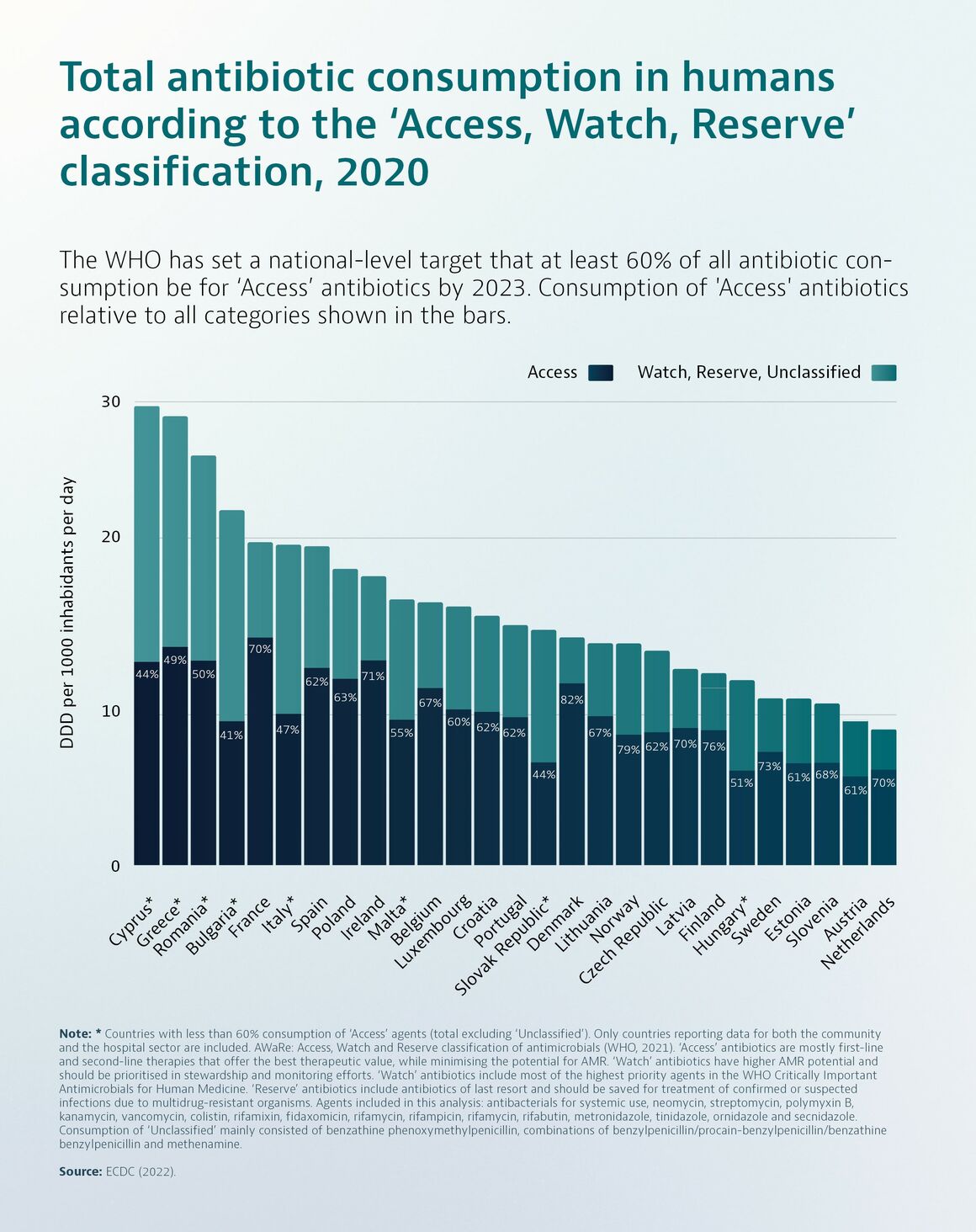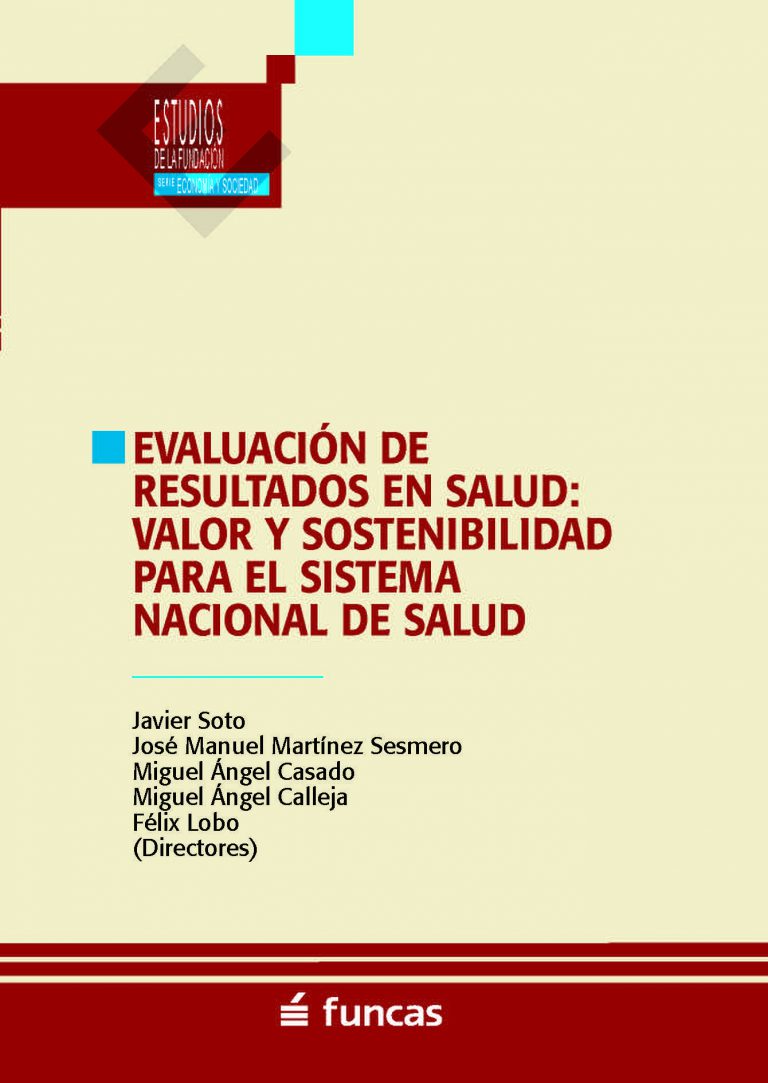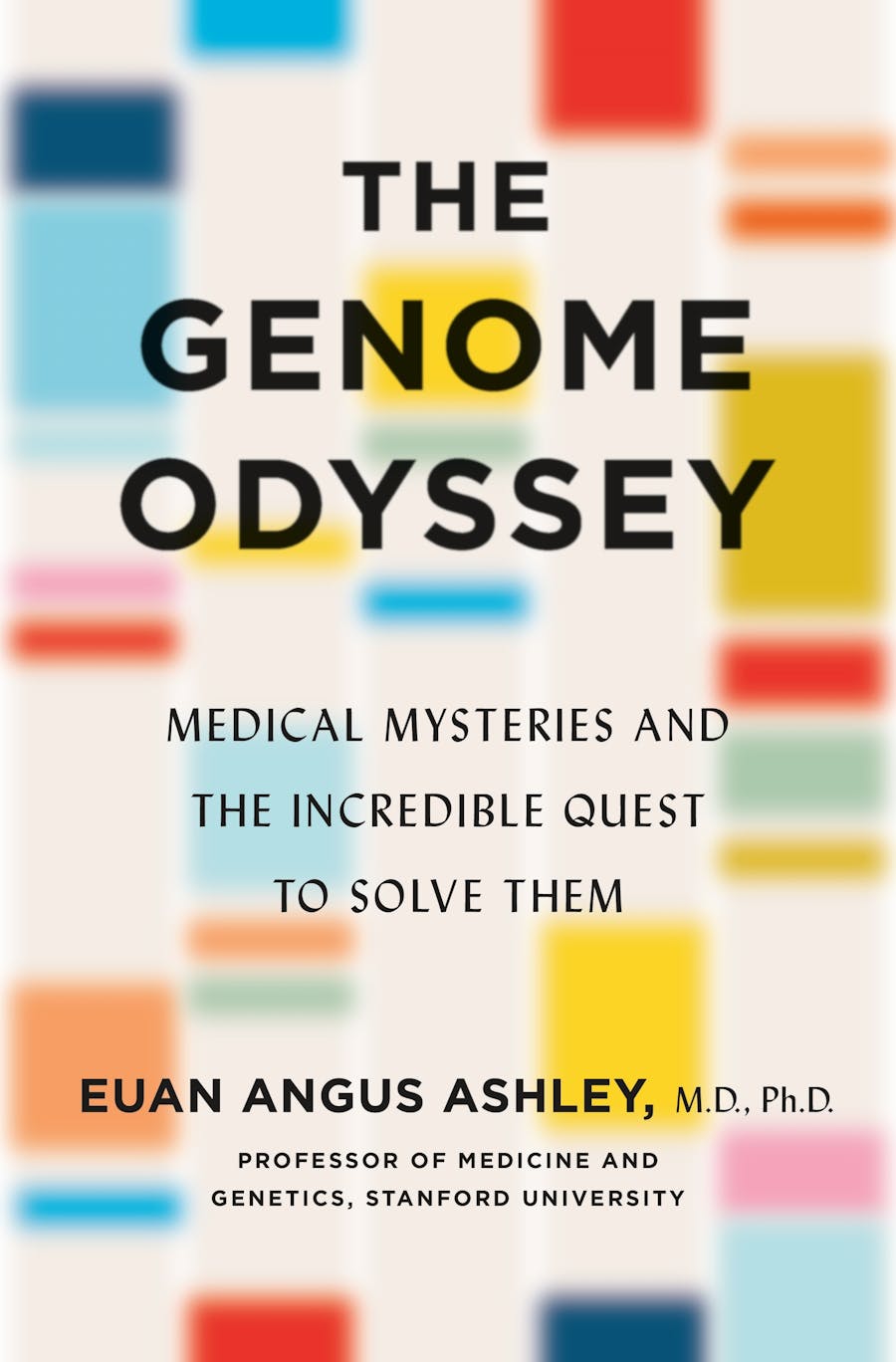Biopatent Law: European vs. US Patent Law
26 de març 2022
25 de març 2022
The current health labour market fiasco
Informe Oferta-Necesidad de Especialistas Médicos 2021-2035
In 2028, in Spain there will be 196.347 physicians, according to estimates, so from that year to 2035 18.098 physicians will be incorporated. However, there are currently 192.484 professionals, so in the next seven years only 3.863 will be hired.
The total number of active physicians in Spain currently represents a ratio of 406,13 specialists per 100.000 inhabitants. Private employment would concentrate 30 percent of the total number of physicians, with an increase of 7 percent since 2018, while the fall in public employment is 1.7 percent (?).
2027 will be a turning point. In that year there will be a global deficit of about 9.000 physicians at least, which is mainly due to a lack of Primary care physicians.
We are closer to the great fiasco, now it is time to make decisions to avoid it.
PS. There is a "minor" issue, the estimates are wrong. The report takes into account only physicians, and there are specialties where most positions are filled by health professionals, biologists, chemists, .... and the report forgets it. The mismatch is larger and the coming crisis a chaos.
Can you imagine that after 5 reports, after 15 years!, nobody cares about it?
24 de març 2022
Free our genes
The Genome Defense Inside the Epic Legal Battle to Determine Who Owns Your DNA
Outline of this great book on gene patents:
PART I: BUILDING THE CASE
Chapter 1 Who Can We Sue?
Chapter 2 The World in the Helix
Chapter 3 The Gene Queen
Chapter 4 Mr. Lincoln’s Boat
Chapter 5 The ACLU Way
Chapter 6 Product of Nature
Chapter 7 On the Hill
Chapter 8 Speaking of Patents
Chapter 9 The Power of Pink
Chapter 10 We’ve Got You Covered
Chapter 11 BART
Chapter 12 Patents and Plaintiffs
Chapter 13 Pulling the Trigger
PART II: LITIGATION
Chapter 14 The Big Guns
Chapter 15 SDNY
Chapter 16 Chicken and Egg
Chapter 17 We’re from the Government
Chapter 18 Splitting the Baby
Chapter 19 The Patent Court
Chapter 20 Magic Microscope
Chapter 21 Last Man Standing
PART III: HIGHEST COURT IN THE LAND
Chapter 22 Déjà Vu All Over Again
Chapter 23 Air Force 1
Chapter 24 With Friends like These
Chapter 25 Oyez, Oyez, Oyez!
Chapter 26 9–0
Chapter 27 Aftermath
Appendix: The (Legal) Meaning of Myriad
Principal Characters
A Note about Sources
Bibliography
22 de març 2022
Cancer Economics
Regulatory and Economic Aspects in Oncology
Topics:
Cost of Cancer: Healthcare Expenditures and Economic Impact
Oncology from an HTA and Health Economic Perspective
Heterogeneous Recommendations for Oncology Products Among Different HTA Systems: A Comparative Assessment
Patient-Reported Outcomes in Oncology, Beyond Randomized Controlled Trials
Patient-Reported Outcomes in Health Economic Decision-Making: A Changing Landscape in Oncology
Approaches to Capturing Value in Oncology
Orphan Drugs in Oncology
Recent Developments in Health Economic Modelling of Cancer Therapies
Drug Pricing and Value in Oncology
Regulatory and Evidence Requirements and the Changing Landscape in Regulation for Marketing Authorisation
Prioritization not Rationing in Cancer Care
21 de març 2022
20 de març 2022
11 de març 2022
10 de març 2022
Stop misuse of antibiotics
Antimicrobial Resistance in the EU/EEA: A One Health Response
Misuse of antibiotics is among the main drivers underpinning the development of antimicrobial resistance (AMR). Resistance to last-line antibiotics also compromises the effectiveness of life saving medical interventions such as intensive care, cancer treatment and organ transplantation.
Overall consumption of antibiotics in humans in the European Union/European Economic Area (EU/EEA) decreased by 23% between 2011 and 2020, especially during the Coronavirus Disease 2019 (COVID-19) pandemic (between 2019 and 2020, the mean total consumption of antibiotics dropped by almost 18%). However, relative use of broad-spectrum antibiotics has increased and significant variability across countries suggests that reductions are still possible.
Efforts to reduce unnecessary use of antibiotics in food-producing animals have resulted in a 43% decrease in use between 2011 and 2020 in 25 countries with consistent reporting.
Despite reductions in antibiotic consumption in both humans and food-producing animals, AMR in bacteria from humans in the EU/EEA has increased for many antibiotic-bacterium combinations since 2011. Particularly worrisome is the rise in resistance to critically important antibiotics used to treat common healthcare-associated infections.
While recent trends have been encouraging, resistance to commonly used antibiotics in bacteria from food-producing animals remains high (>20% to 50%) or very high (>50% to 70%), and there is significant regional variation across the EU/EEA region.
09 de març 2022
08 de març 2022
Public health genomics
From public health genomics to precision public health: a 20-year journey
Public health genomics focuses on effective and responsible translation of genomic science into population health benefits. We discuss the relationship of the field to the core public health functions and essential services, review its evidentiary foundation, and provide examples of current US public health priorities and applications
03 de març 2022
Value based health care (2)
Evaluación de resultados en salud: valor y sostenibilidad para el Sistema Nacional de Salud
Capítulo I. Evaluación de resultados en términos de salud: por qué, ¿cómo, cuándo y para qué?
Capítulo II. Resultados comunicados por los clínicos
Capítulo III. Resultados percibidos por los pacientes
Capítulo IV. Resultados en salud percibidos y comunicados por los observadores: ¿qué son y cómo se miden?
Capítulo V. ¿Cómo incorporar las medidas de resultados en salud a la evaluación económica?
Capítulo VI. Principales técnicas estadísticas y parámetros para medir resultados en salud
Capítulo VII. Metodología disponible para obtener resultados en salud en el mundo real
Capítulo VIII. Resultados en salud a evaluar en diferentes patologías: enfermedades infecciosas
Capítulo IX. Resultados en salud en la infección por VIH
Capítulo X. Resultados en salud en pacientes con hepatitis C crónica
Capítulo XI. Resultados en salud en reumatología
Capítulo XII. Resultados en salud en dermatología
Capítulo XIII. Resultados en salud en aparato digestivo: enfermedad inflamatoria intestinal e intestino irritable
Capítulo XIV. Resultados en salud en esclerosis múltiple
Capítulo XV. Beneficio clínico en oncología: una compleja pregunta
Capítulo XVI. Evaluación de resultados en salud: hematología
Capítulo XVII. Resultados en salud: patología cardiovascular
Capítulo XVIII. Resultados en salud a evaluar en enfermedades raras
Capítulo XIX. Investigación de resultados en salud en niños y adolescentes
01 de març 2022
23 de febrer 2022
The long and bumpy road to CRISPR (4)
The Genome Odyssey. Medical Mysteries and the Incredible Quest to Solve Them
El llibre "The Genome Odyssey: Medical Mysteries and the Incredible Quest to Solve Them" del Dr. Euan Angus Ashley narra els primers anys d'aventures després de la decisió d'explorar el món del genoma humà. A través de les seves pàgines, l'autor porta el lector a un viatge dins la ciència i la medicina del genoma humà, explicant històries de pacients la cura dels quals s'ha transformat pel coneixement del seu genoma. També presenta equips científics que l'autor ha liderat i admirat, i traça un camí des de les dades del genoma fins a l'acció mèdica.
El llibre està dividit en quatre parts principals:
Part I: Els primers genomes
Aquesta secció introdueix l'equip de l'autor i els seus esforços per desxifrar mèdicament alguns dels primers genomes seqüenciats. Comença amb la història d'un col·lega de Stanford que va examinar el seu propi genoma el 2009, un moment revelador que va portar l'equip a intentar aplicar totes les observacions genètiques humanes conegudes al seu genoma per comprendre millor els seus riscos de malaltia. L'autor també parla del fill del seu cosí, que va morir sobtadament a l'adolescència, i de com van utilitzar la seqüenciació genètica del seu teixit cardíac postmortem per intentar trobar respostes per a la seva família. Es descriu l'origen de la seqüència de referència humana a Buffalo, Nova York, i la història d'una estudiant de secundària que va portar les seqüències del genoma de tota la seva família a l'escola per a un projecte de ciències. L'autor explica com van estendre aquests esforços a les seves clíniques de Stanford i com van iniciar una empresa per ampliar l'impacte més enllà d'aquests murs. El primer capítol, "Patient Zero", presenta el cas de Parker, un nadó amb problemes d'alimentació, son i desenvolupament, la recerca del qual va iniciar un llarg viatge de proves sense diagnòstic clar. També es narra la trobada de l'autor amb Steve, un científic que estava analitzant el seu propi genoma, i el descobriment d'una variant en un gen relacionat amb la cardiomiopatia hipertròfica. Es destaca la importància de la història familiar com a eina diagnòstica. L'autor explica els components bàsics del genoma (ADN, bases ATGC, cromosomes) i la seva complexitat. També introdueix el concepte de gens i la part no codificant del genoma ("ADN escombraria") i la seva funció reguladora. Es descriuen les noves tecnologies de seqüenciació de genomes que permeten generar una gran quantitat de dades de manera ràpida i el procés bioinformàtic per organitzar aquestes dades comparant-les amb la seqüència de referència humana. L'equip va crear una base de dades de variants genètiques comunes i la va curar manualment per fer-la útil per a l'anàlisi. Es presenta PharmGKB, una base de dades de farmacogenòmica que relaciona variants genètiques amb la resposta als medicaments. La publicació del primer article de l'equip a The Lancet va ser un moment clau, i van abordar les qüestions ètiques i de consentiment relacionades amb la seqüenciació del genoma complet. Finalment, es discuteix l'ús de la seqüenciació del genoma en autòpsies moleculars per intentar comprendre les causes de la mort sobtada.
Part II: Detectius de malalties
En aquesta part, l'autor compara la medicina genòmica amb el treball de detectiu, on la lectura del genoma és la nova eina per resoldre "crims" diagnòstics. Es narren històries de pacients amb malalties no diagnosticades que han passat anys buscant respostes i les troben gràcies a la genòmica. Es descriu una xarxa nacional de detectius de malalties amb la missió d'acabar sistemàticament amb aquestes "odissees" diagnòstiques. Un cas destacat és el de Matt Might i el seu fill Bertrand, que va ser diagnosticat amb la deficiència de NGLY1, una malaltia rara descoberta gràcies a la col·laboració i la divulgació en línia. Es relata com la família Might va utilitzar un blog viral i la col·laboració amb altres científics per identificar altres casos i començar a buscar possibles tractaments. L'autor també parla de la creació de la Undiagnosed Diseases Network (UDN) i els seus èxits en el diagnòstic de malalties rares, que sovint condueixen a canvis importants en la cura dels pacients. S'explica el concepte de mosaicisme, on un individu té cèl·lules amb diferents composicions genètiques, i com això pot manifestar-se en malalties com la neurofibromatosi i en el cor d'una pacient anomenada Astrea.
Part III: Afers del cor
Aquesta secció se centra en els pacients cardíacs de l'autor. Es parla d'una aspirant a estrella de Broadway amb una cardiomiopatia dilatada i la perspectiva d'un trasplantament de cor. També es descriu com van intentar trencar rècords de velocitat de seqüenciació del genoma per diagnosticar i tractar una nounada el cor de la qual es va aturar cinc vegades el primer dia de la seva jove vida. Es relata la història d'un jove amb múltiples tumors creixent dins del seu cor i com van traçar la causa a una peça que faltava del seu genoma. També es parla d'una nena nascuda no amb un sinó amb dos genomes diferents. En aquesta secció, l'autor també introdueix la història de la nostra comprensió de les malalties del cor i la mort sobtada, les condicions que hi predisposen i els personatges destacats el treball dels quals va proporcionar les idees que ara utilitzem per tractar-les. Es descriu el descobriment del complex de Carney per Aidan Carney i la història del desenvolupament dels desfibril·ladors implantables (ICD) per Mordechai Mirowski. La secció inclou la història de Leilani, una pacient amb cardiomiopatia hipertròfica que va rebre un trasplantament de cor i el suport que va trobar en la Hypertrophic Cardiomyopathy Association (HCMA). També es menciona la recerca de Jim Spudich sobre la miosina i la seva rellevància per a la comprensió de la cardiomiopatia hipertròfica.
Part IV: Medicina de precisió acurada
En aquesta part final, l'autor mira cap al futur de la medicina. Discuteix com l'examen de superhumans (humans protegits de malalties pels seus genomes) pot ajudar a fer que la resta siguem una mica més "super". Descriu diversos dels nous i emocionants esforços per obtenir coneixements de la seqüenciació de milions d'humans, inclosa la Precision Medicine Initiative del president Obama i el Biobanc del Regne Unit. Es parla dels avenços en la curació i el tractament de malalties genètiques, inclosa la teràpia genètica, així com dels mètodes per desenvolupar fàrmacs tradicionals que es veuen impulsats per coneixements genòmics. Es narra la història d'Eric Dishman, la lluita contra el càncer i la seva defensa de la medicina de precisió. Es destaca la importància de les grans bases de dades genòmiques poblacionals, com gnomAD, per a la interpretació de variants genètiques i la comprensió de les malalties. L'autor conclou amb la història de Mila Makovec, una nena amb la malaltia de Batten per a la qual es va desenvolupar un tractament personalitzat basat en la comprensió del seu genoma.
22 de febrer 2022
Digital health futures
The governance of digital technologies in health and health care must be driven by public purpose, not private profit. Its primary goals should be to address the power asymmetries reinforced by digital transformations, increase public trust in the digital health ecosystem, and ensure that the opportunities offered by digital technologies and data are harnessed in support of the missions of public health and UHC. To achieve these goals, we propose four action areas that we consider game-changers for shaping health futures in a digital world.
First, we suggest that decision makers, health professionals, and researchers consider—and address— digital technologies as increasingly important determinants of health. Second, we emphasise the need to build a governance architecture that creates trust in digital health by enfranchising patients and vulnerable groups, ensuring health and digital rights, and regulating powerful players in the digital health ecosystem. Third, we call for a new approach to the collection and use of health data based on the concept of data solidarity, with the aim of simultaneously protecting individual rights, promoting the public good potential of such data, and building a culture of data justice and equity. Finally, we urge decision makers to invest in the enablers of digitally transformed health systems, a task that will require strong country ownership of digital health strategies and clear investment roadmaps that help prioritise those technologies that are most needed at different levels of digital health maturity.













